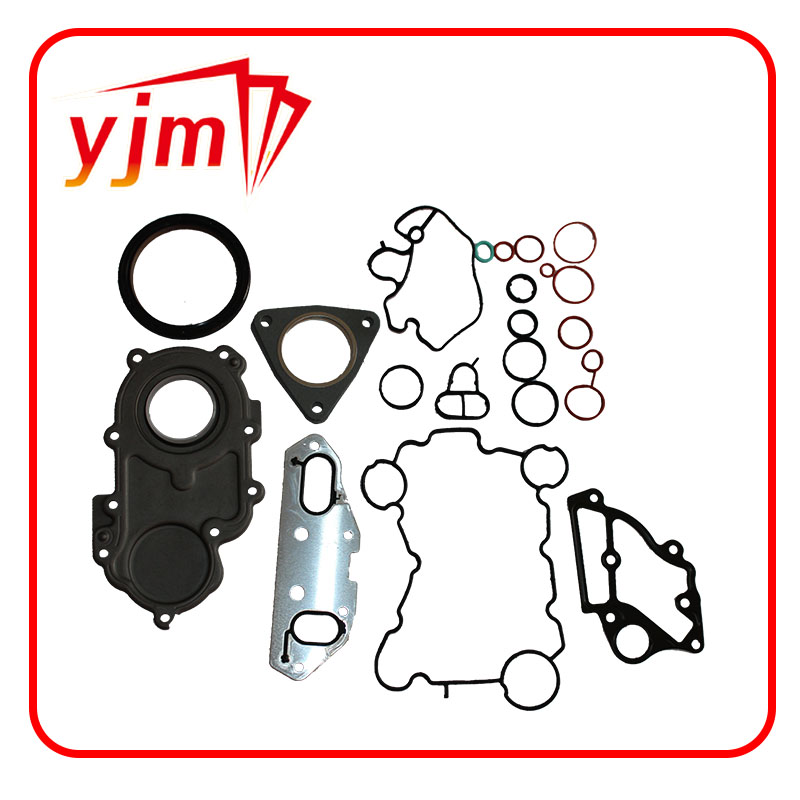Evaluation and Selection of Drive Shaft Dust Seals for Enhanced Performance and Longevity in Vehicles
Understanding Drive Shaft Dust Seals Importance and Maintenance
The drive shaft is a critical component of many vehicles, transferring power from the engine to the wheels. Given its crucial role, ensuring the longevity and efficiency of the drive shaft is paramount for any vehicle owner. One of the key components that help in maintaining the integrity of the drive shaft is the dust seal, commonly referred to as the drive shaft dust seal. This article explores the significance, functionality, and maintenance of drive shaft dust seals.
What is a Drive Shaft Dust Seal?
A drive shaft dust seal is a protective barrier installed around the drive shaft. It prevents dust, dirt, moisture, and other contaminants from entering the shaft assembly. Typically made from durable rubber or synthetic materials, these seals are designed to withstand harsh conditions, including extreme temperatures and exposure to various oils and greases.
Importance of Drive Shaft Dust Seals
1. Contamination Prevention The primary function of the dust seal is to block harmful particles from infiltrating the drive shaft assembly. Contaminants can cause severe damage to the internal components, leading to premature wear and tear.
2. Lubrication Retention Drive shafts require proper lubrication to function efficiently. The seals help maintain the lubricating oil within the assembly, ensuring that parts operate smoothly without excessive friction.
3. Enhanced Performance A well-functioning dust seal contributes to the overall performance of the vehicle. By keeping contaminants out, the drive shaft can operate at optimal levels, providing better power delivery and handling characteristics.
4. Cost Efficiency Preventing damage through the use of dust seals can save vehicle owners a significant amount of money in repairs. A compromised drive shaft may result in expensive replacements, which can be avoided with proper seal maintenance.
Signs of a Damaged Dust Seal
Despite their robust design, dust seals can wear out over time. Here are some signs that may indicate a damaged or worn dust seal
drive shaft dust seal

- Visible Cracks or Tears Inspecting the seal regularly can reveal cracks or tears that impair its function. If the seal is compromised visually, it likely needs replacement.
- Fluid Leaks Noticeable oil or grease leaks around the drive shaft area may indicate that the dust seal is no longer able to retain lubricants
.- Unusual Noises Grinding or whining noises coming from the drive shaft area can suggest that debris has entered the assembly due to a failing seal.
Maintenance and Replacement
Regular maintenance is essential for extending the life of drive shaft dust seals. Here are a few tips for vehicle owners
- Routine Inspections Regularly check the condition of the dust seals during routine maintenance checks or oil changes.
- Clean Environment Keeping the vehicle clean and free of debris can help reduce the wear on dust seals.
- Immediate Action If you notice any signs of damage, it is crucial to address them immediately. Replacing a damaged dust seal can prevent more extensive damage to the drive shaft.
- Professional Assistance When in doubt, it’s advisable to consult with a qualified mechanic who can assess the condition of the dust seal and recommend appropriate actions.
Conclusion
In conclusion, drive shaft dust seals play a vital role in maintaining vehicle performance and integrity. By preventing contamination, retaining lubrication, and avoiding costly repairs, these seals are essential for optimal drive shaft functionality. Regular inspections and prompt replacements when necessary can lead to longer-lasting vehicle components and a smoother driving experience.
-
The Ultimate Guide to Car Repair Kits: Tools and Essentials Every Driver Should Own
News Aug.01,2025
-
The Complete Guide to Oil Pan Gaskets: Sealing Engine Leaks the Right Way
News Aug.01,2025
-
Preventing Oil Leaks: A Complete Guide to Oil Pan Gaskets and Drain Seals
News Aug.01,2025
-
Everything You Need to Know About Oil Pan Gaskets and Drain Plug Seals
News Aug.01,2025
-
Essential for Car Owners: How to Use a Car Repair Kit to Deal with Minor Breakdown
News Aug.01,2025
-
Comprehensive Guide to Engine Oil Sump Gaskets and Related Seals
News Aug.01,2025
-
The Ultimate Guide to Boat Propeller Bearings and Trailer Wheel Bearings
News Jul.31,2025
Products categories















